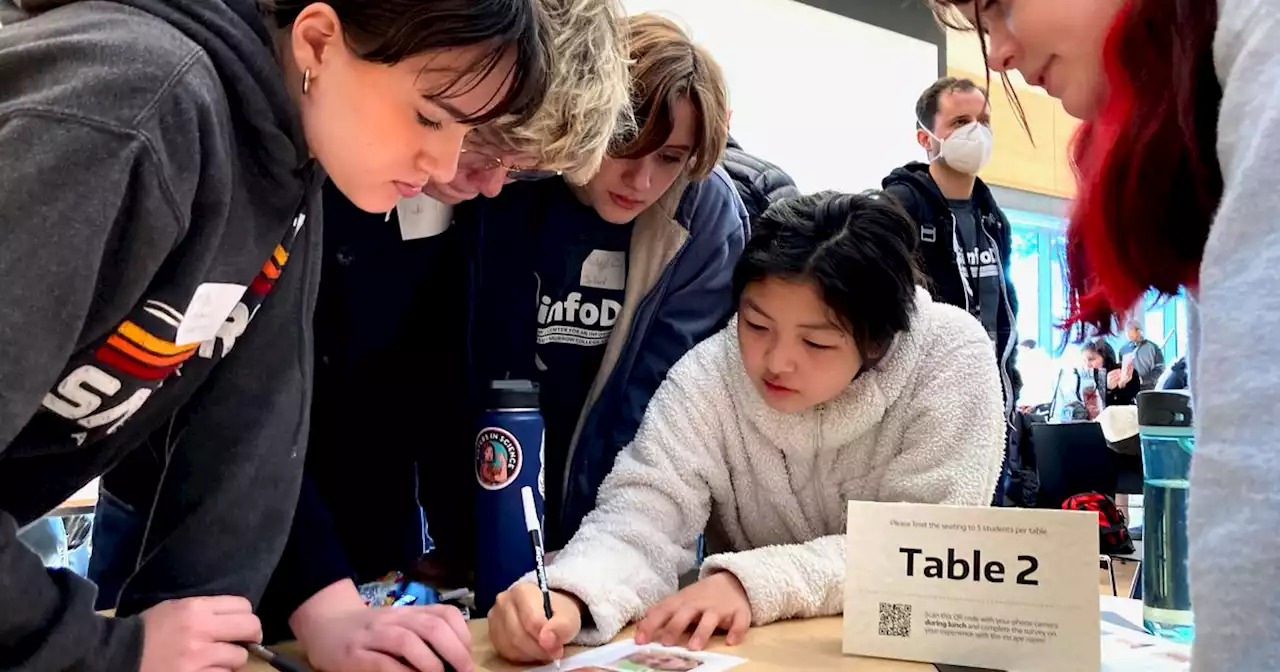Mixing theory and observation to envision a warmer world RSocPublishing
Michigan State University biologists have studied damselflies—which resemble dragonflies and are abundant as both predator and prey in wetlands—to understand what happens throughout their lifecycle from nymph to winged insect, along with what they eat when summers grow warmer and longer.has a twist—combining seasons of observational andin the field and lab with input from a theoretical ecologist, a mathematician by training with supersized modeling creds.
The work in"Life-history responses to temperature and seasonality mediate ectotherm consumer–resource dynamics under" finds that inserting the right level of data gleaned from field experiences, specifically the effects of seasonal changes in temperature on consumer lifecycles, creates a more robust predator-prey simulation model.
Twardochleb, now with the California State Water Resources Control Board, was part of MSU's Ecology, Evolution, and Behavior Program and as a part of that took a class by Chris Klausmeier, MSU Foundation Professor of Plant Biology and Integrative Biology. Meanwhile, Klausmeier, a theoretical ecologist, was recognizing the special sauce an experimentalist brings when creating mathematical models that take assumptions about how organisms behave, grow, birth, die.
United States Latest News, United States Headlines
Similar News:You can also read news stories similar to this one that we have collected from other news sources.
 Social scientists: Anxiety invites misinformationWhat influences how we make sense of information on social media in times of high uncertainty? One answer is our political viewpoints, which can serve as...
Social scientists: Anxiety invites misinformationWhat influences how we make sense of information on social media in times of high uncertainty? One answer is our political viewpoints, which can serve as...
Read more »
![]() Scientists use tracking tech to uncover the secrets behind ants' foragingNew tracking technology which uses computer vision has been used by scientists to track individual desert ants over their entire foraging lives.
Scientists use tracking tech to uncover the secrets behind ants' foragingNew tracking technology which uses computer vision has been used by scientists to track individual desert ants over their entire foraging lives.
Read more »
 Scientists find weird holes on the ocean floor spewing ancient fluids 'like a fire hose'Understanding the movement of fluids in the Cascadia subduction zone can help researchers pinpoint the risk of earthquakes
Scientists find weird holes on the ocean floor spewing ancient fluids 'like a fire hose'Understanding the movement of fluids in the Cascadia subduction zone can help researchers pinpoint the risk of earthquakes
Read more »
 Scientists unearth 230-million-year-old fossil of ancient reptile with beak-like mouth in WyomingThe newly identified reptile has been named Beesiiwo cooowuse, which means 'big lizard from the Alcova area' in the Arapaho tribal language.
Scientists unearth 230-million-year-old fossil of ancient reptile with beak-like mouth in WyomingThe newly identified reptile has been named Beesiiwo cooowuse, which means 'big lizard from the Alcova area' in the Arapaho tribal language.
Read more »
 Scientists Discover a Potential New Target for Head and Neck Cancer ImmunotherapyScientists at UC San Diego have found a correlation between high levels of a gene product, commonly produced by various types of cancer, and a heightened immune response leading to better outcomes in the most prevalent form of head and neck cancer. A team of researchers from the University of Cal
Scientists Discover a Potential New Target for Head and Neck Cancer ImmunotherapyScientists at UC San Diego have found a correlation between high levels of a gene product, commonly produced by various types of cancer, and a heightened immune response leading to better outcomes in the most prevalent form of head and neck cancer. A team of researchers from the University of Cal
Read more »
 Scientists grow 5 strawberry varieties resistant to deadly fungal diseaseA deadly fungal disease impacting strawberries has led to the development of new strawberries to help preserve crops.
Scientists grow 5 strawberry varieties resistant to deadly fungal diseaseA deadly fungal disease impacting strawberries has led to the development of new strawberries to help preserve crops.
Read more »
